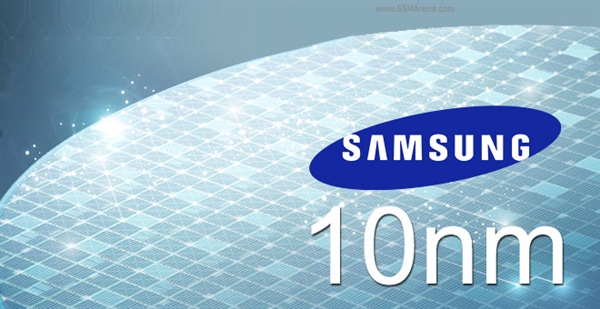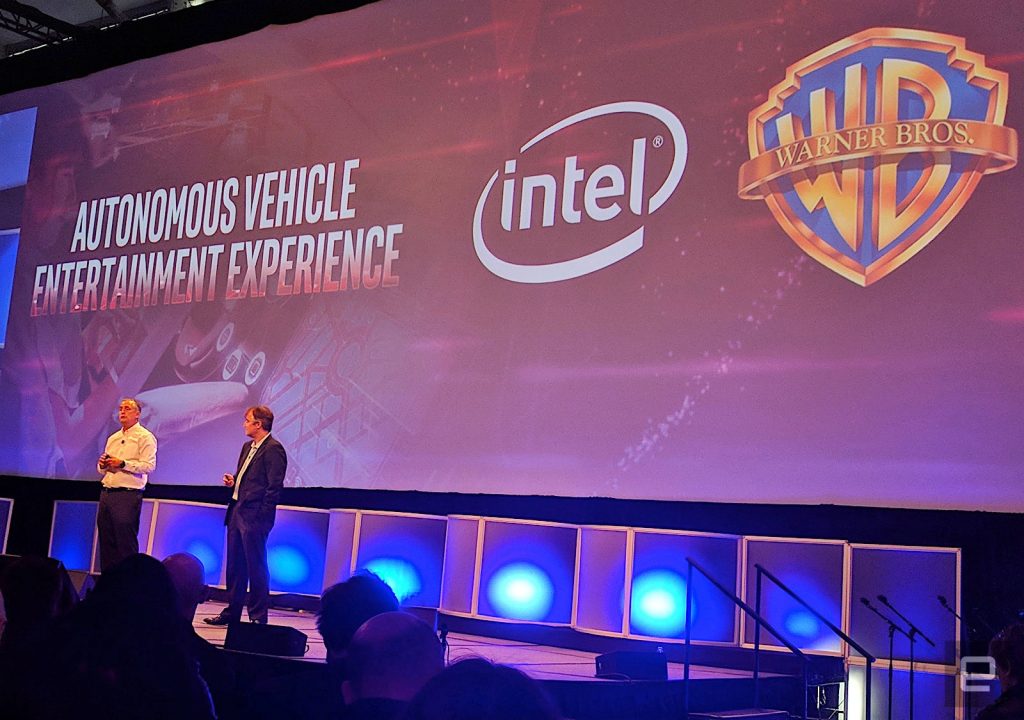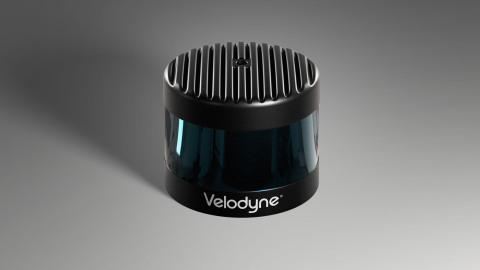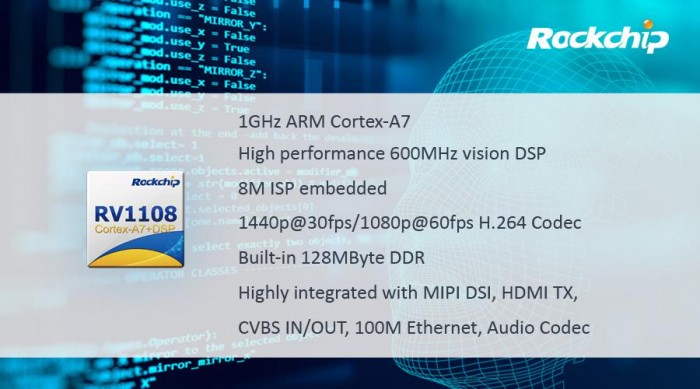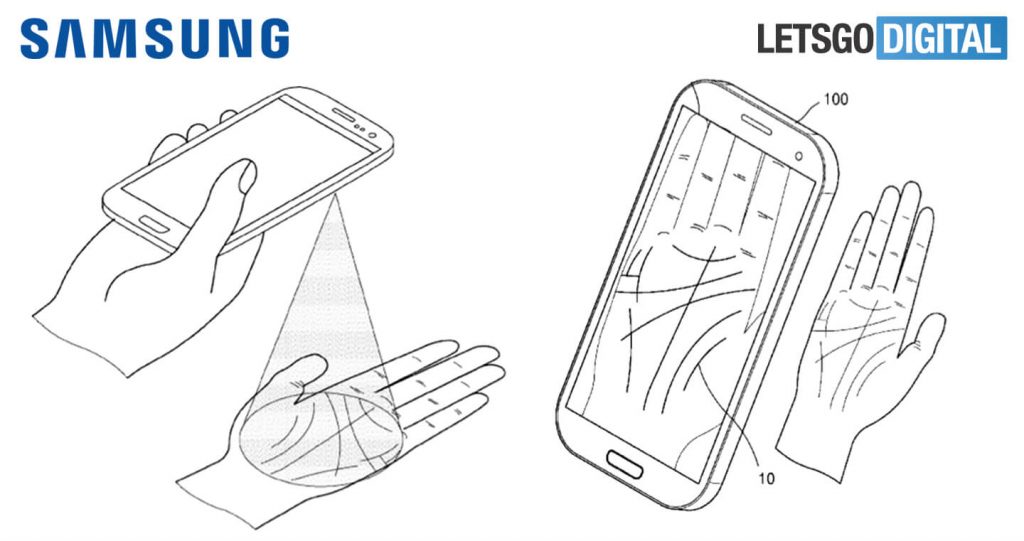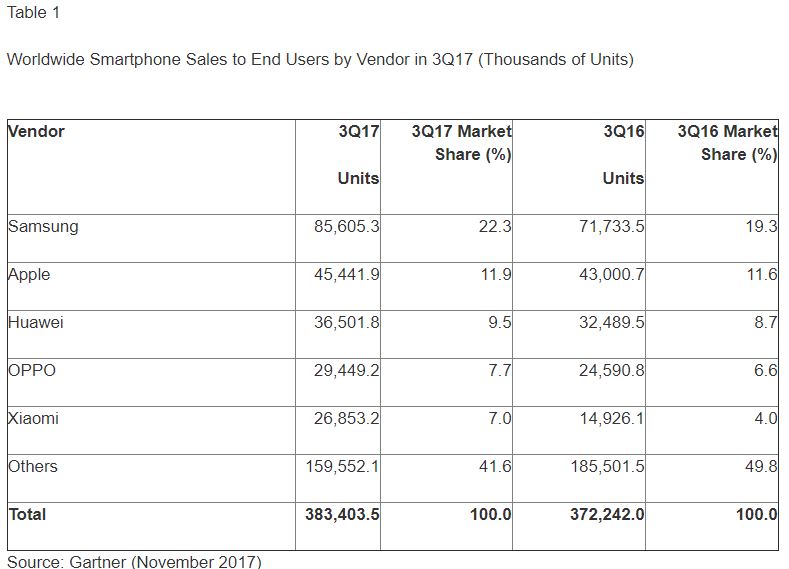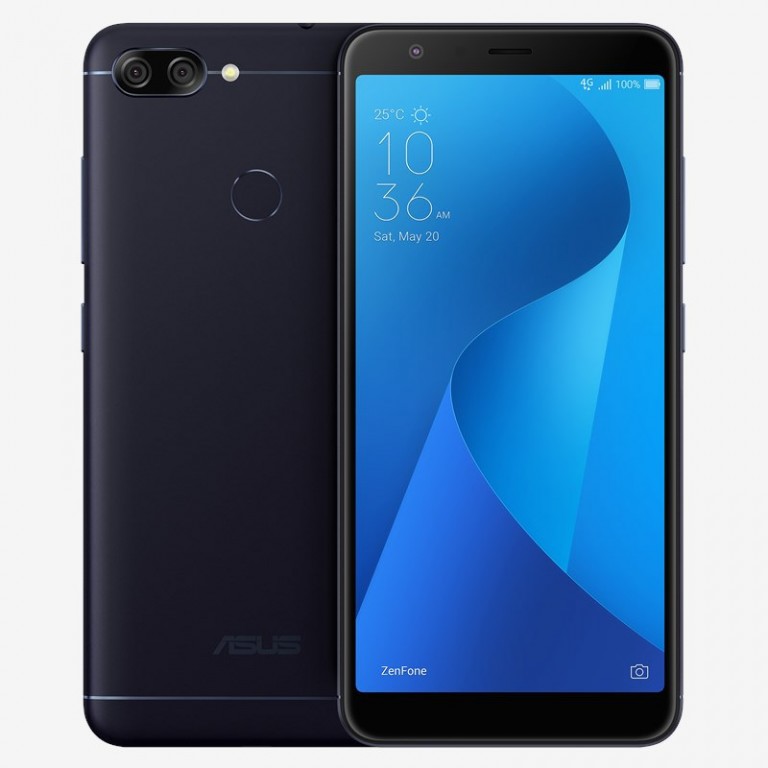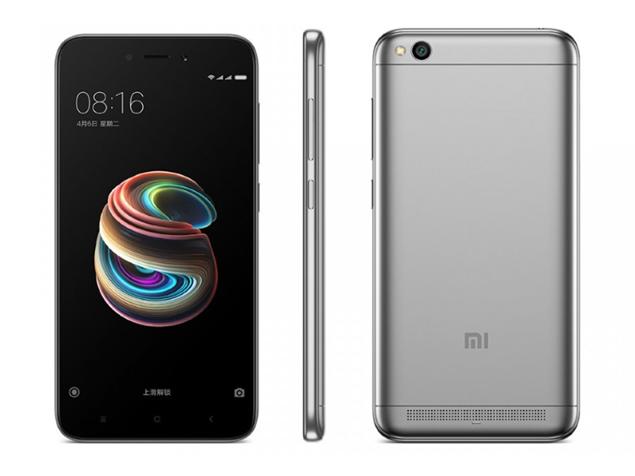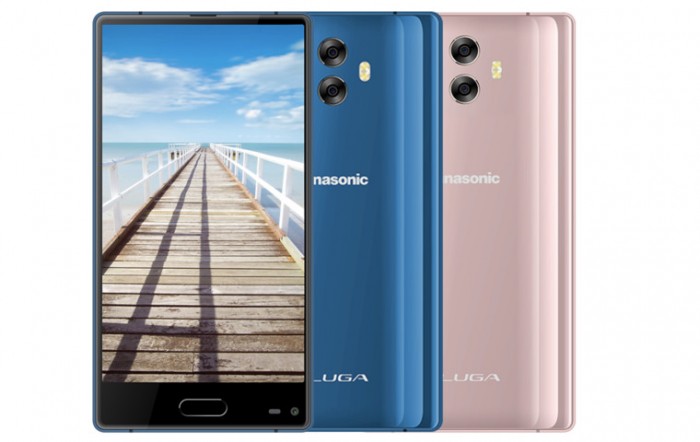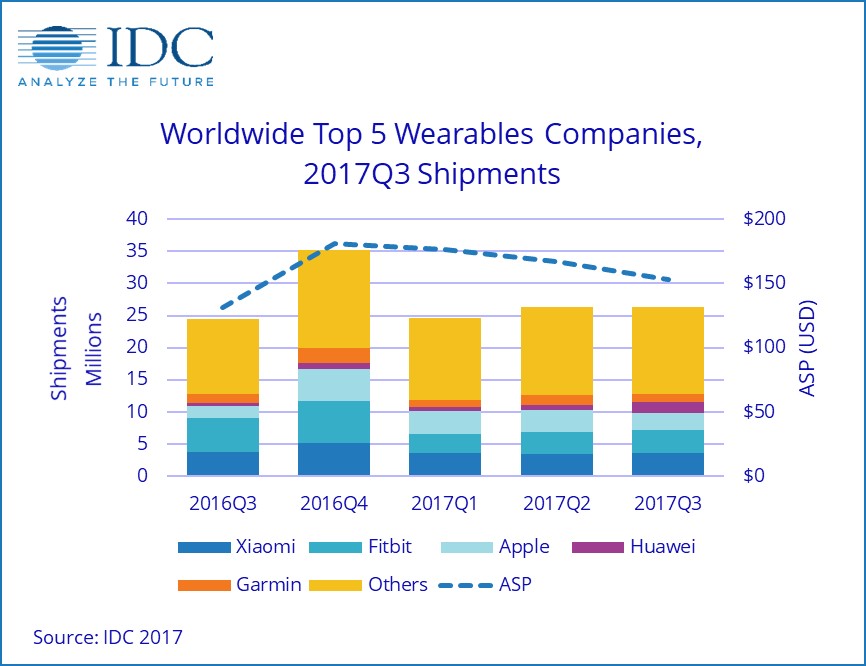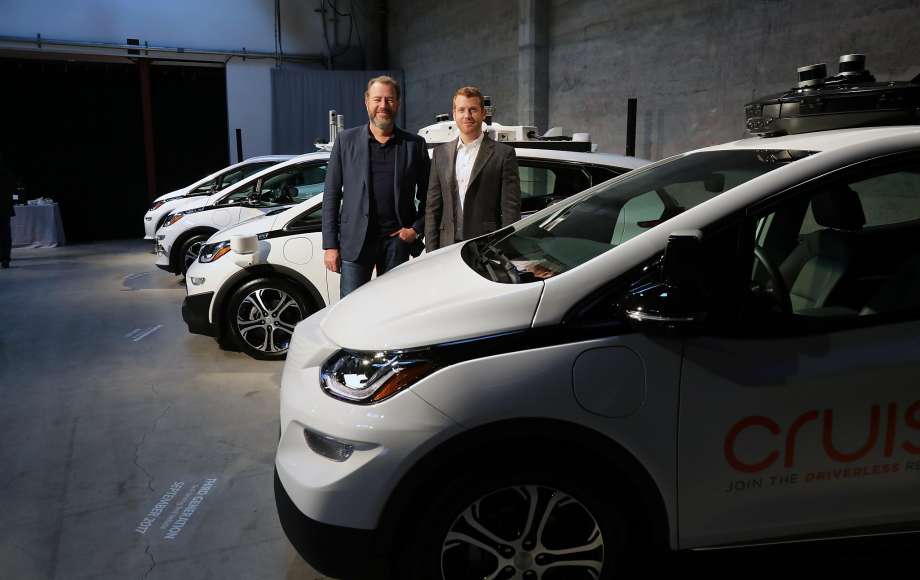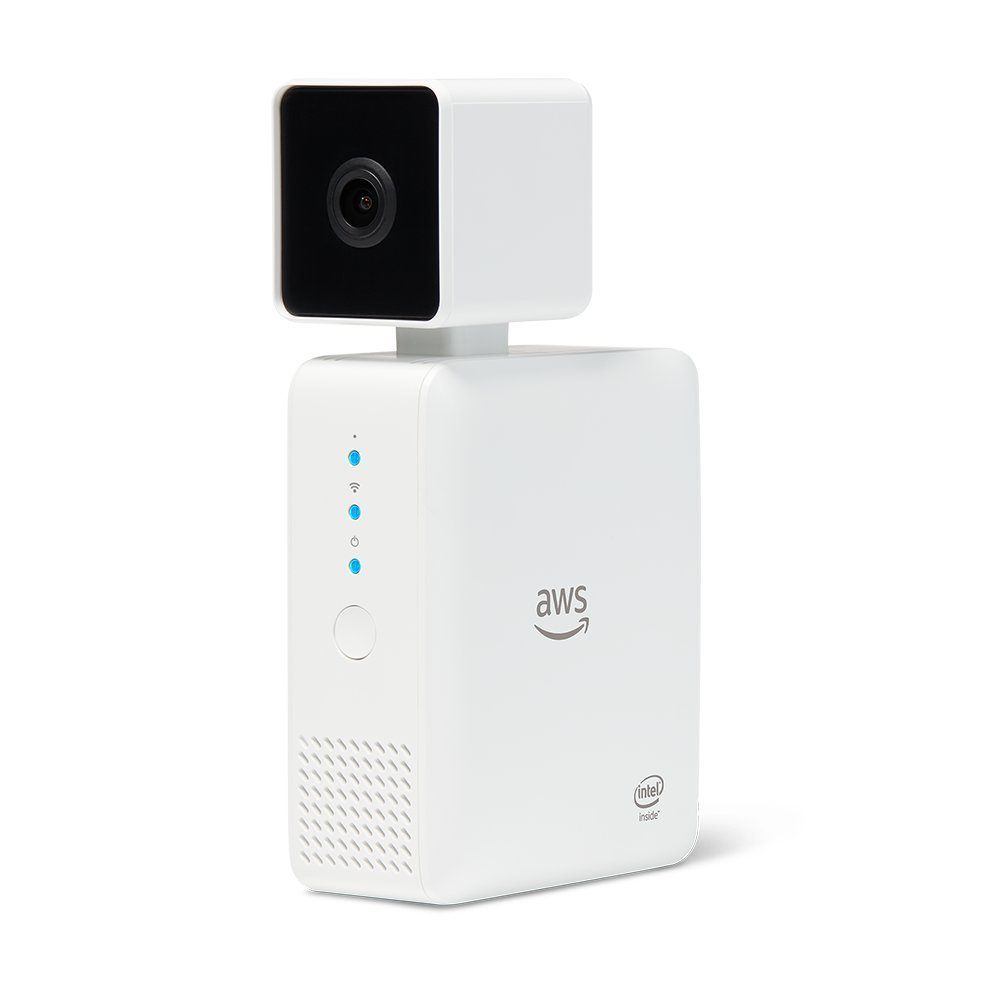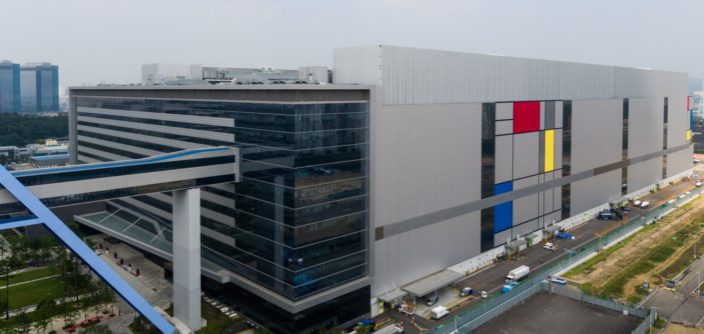
12-01: Qualcomm sues Apple again, and Apple has filed a countersuit against Qualcomm; Honor is now planning to introduce smartphones with AI features in India early 2018; etc.
Chipsets
Samsung has announced that its Foundry Business has commenced mass production of System-on-Chip (SoC) products built on its second generation 10nm FinFET process technology, 10LPP (Low Power Plus). Samsung also announced that its newest manufacturing line, S3, located in Hwaseong, Korea, is ready to ramp up production of process technologies including 10nm and below. (CN Beta, AnandTech, GSM Arena, Samsung)
Apple has filed a countersuit against Qualcomm, alleging that Qualcomm’s Snapdragon mobile phone chips that power a wide variety of Android-based devices infringe on Apple’s patents, the latest development in a long-running dispute. (Apple Insider, Reuters, Caijing)
Qualcomm and Apple’s legal battle continues yet again with a series of new filings from Qualcomm, one of which seeks to ban some iPhone X sales in the US. Three new lawsuits allege that Apple is infringing 16 Qualcomm patents with the iPhone 7, 8, and X, as well as their Plus models. (FT CN, Sina, TechCrunch, The Verge)
Intel will partner with Warner Bros. to develop “in-cabin, immersive experiences in autonomous vehicle (AV) settings”, which they call AV Entertainment Experience. (Engadget, Intel, Citinews, Sina)
Sensory
Velodyne LiDAR – the world leader in 3D vision systems for autonomous vehicles – has announced its new VLS-128 LiDAR sensor. Featuring an industry-leading 128 laser channels, the VLS-128 is an extreme step forward in LiDAR vision systems, featuring the trifecta of highest resolution, longest range, and the widest surround field-of-view of any LiDAR system. (Engadget, Business Wire, iFeng)
Biometrics
ReadSense announces its AI algorithm been integrated in the Rockchip’s RV1108 SoC, as an official SDK kit. RV1108 is Rockchip for AI and visual product, having a smart visual management and other core technologies. ReadSense has optimized and customized CNN facial recognition technology based on Rockchip’s RV1108 CEVA XM4 processor. (CN Beta, Laoyaoba, iFeng)
Samsung has recently patented a palm vein sensor with WIPO. The palm vein sensor can be used as an authentication method in case a user has forgotten its password. To use the palm reader, take a picture of the palm and a sensor scans the hand reading vein patterns. These will be compared to the ones on the phone and if they match the phone will be unlocked. (The Verge, Patent, Pocket-Lint, Channel News, CN Beta, Sina)
Connectivity
Verizon plans to launch its first commercial 5G network in 3~5 cities by the end of 2018. Verizon says that the 5G rollout is based on its “confidence in new technology powered by millimeter-wave spectrum.” (Android Authority, PR Newswire, Tencent)
Smartphones
Huawei Honor’s President, George Zhao, said that the company has shipped 98.8% more device in India in the year 2017 than in 2016. He further added that Honor is now planning to introduce smartphones with AI features in India early 2018. Huawei’s smartphone is mainly available through online retailers in India. With Honor gaining traction, the company is now also planning to increase its manufacturing capacity in India. (Gizmo China, Sohu, CNMO)
Global sales of smartphones to end users totaled 383M units in 3Q17, a 3% increase over the same period in 2016, according to Gartner. All of the top five smartphone vendors achieved double-digit growth apart from Apple, which achieved a 5.7% increase. Samsung’s smartphone sales recorded a double-digit increase (19.3%) in 3Q17. (CN Beta, Gartner, press)
ASUS Zenfone Max Plus (M1) is announced – 5.7” 1080×2160 FHD+ display, MediaTek MT6750T processor, rear dual 16MP-8MP + front 8MP cameras, 2 / 3GB RAM, 16 / 32GB storage, Android 7.0 (ZenUI 4.0), 4130mAh battery. (Phone Arena, GSM Arena, ASUS)
Xiaomi Redmi 5A is announced in India – 5” HD display, Qualcomm Snapdragon 425 processor, rear 13MP + front 5MP cameras, 2 / 3GB RAM, 16 / 32GB storage, Android 7.1, 3000mAh battery, from INR4,999. (Android Authority, GSM Arena, NDTV)
Panasonic Eluga C is announced in Taiwan – 5.5” HD 3-side bezel-less display (screen ratio 84.6%), MediaTek MT6750T processor, rear dual 13MP-5MP + front 8MP cameras, 4GB RAM, 64GB storage, front fingerprint scanner, 3000mAh battery, NTD6,000 (USD200). (CN Beta, NDTV, GSM Arena)
Intex Elyt Dual is launched in India – 5” HD 2.5D curved display, Spreadtrum 9850 processor, rear 8MP + front dual 8MP-2MP cameras, 2GB RAM, 16GB storage, Android 7.0, 2400mAh battery, INR6,999. (Gizmo China, Intex, NDTV, Zee News)
Wearables
The US wearable tech market is set to almost double by 2022 as “critical mass adoption” takes place. Forrester states that wearables will grow from a USD4.8B industry in 2016 to just over USD9B in 2022, representing a CAGR of 9% from 2017 to 2022. The company forecasts that smartwatches will lead the way, increasing from 21% of all wearable tech devices sold in 2016, to a 51% share in 2022. (Android Headlines, Forbes, Wearable, Tencent, IT Bear)
HTC is announcing today that it is investing in 26 new startups in the augmented reality and virtual reality space through its Vive X global accelerator program. The new batch of startups brings the total number of investments to 80 since July 2016. (CN Beta, Engadget, Vive, SlashGear, VentureBeat)
The worldwide wearables market took another step forward in 3Q17 with total shipment volume reaching 26.3M units, up 7.3% year over year, according to IDC. While the overall market showed continued growth, it also showed a growing trend towards smart wearables (devices capable of running third party applications) and away from basic wearables (devices that do not run third party applications). (Business Wire, TechCrunch, IDC, press, 163)
Google has announced an extension to their ever-expanding pipeline for crafting and integrating 3D objects into games and experiences, the Poly API. It will let developers integrate the “thousands” of 3D objects the company has in its Poly library directly into their titles. (TechCrunch, Google, ZMKE, Boxuu)
Internet of Things
Alphabet is reportedly thinking about bringing Nest Labs — maker of the Nest smart thermostat and other home products — back under its Google hardware umbrella. Nest is currently owned by Alphabet but is operated under Alphabet’s “Other Bets” product category instead of directly under Google. (Android Headlines, The Verge, CNBC, WSJ, CNET, CN Beta)
General Motors (GM) is preparing to take on Uber, Lyft and other ride-hailing companies with its own self-driving ride-hailing service by 2019. The automaker expects to deploy the fleets in “dense urban areas” by 2019, GM President Dan Ammann said. Revenue from the fleets, he said, is forecast to be in the billions soon after launch. (CN Beta, San Francisco Chronicles, CNBC, Auto News)
Amazon Web Services has unveiled DeepLens, a wireless video camera made for the quick deployment of deep learning, which is priced at USD249. DeepLens comes pre-loaded with AWS Greengrass for local computation and can operate with SageMaker, a new service to simplify the deployment of AI models, as well as popular open source AI services such as TensorFlow from Google and Caffe2 from Facebook. (VentureBeat, Amazon, Amazon, 163, Im2maker)
